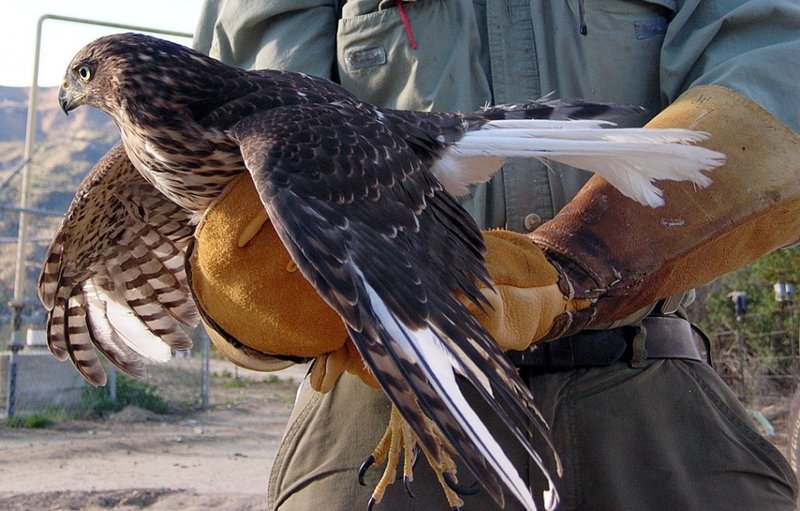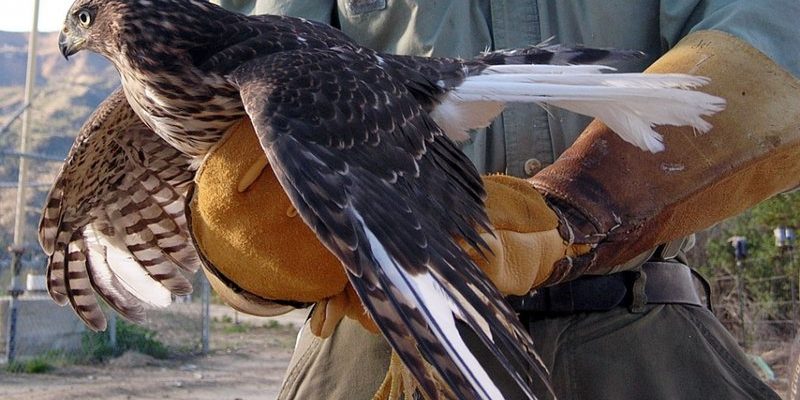
Conservation isn’t just about saving the species—it’s about preserving the intricate web of life that connects us all. Think of it like maintaining a big, beautiful tapestry; if one thread frays or breaks, the whole thing can start to unravel. So, how do we keep that tapestry intact for the Cooper’s Hawk and other wildlife? Let’s dive into the various strategies and initiatives aimed at ensuring these graceful birds thrive for generations to come.
Understanding the Cooper’s Hawk
Before we get into conservation efforts, let’s take a moment to understand what makes the Cooper’s Hawk so special. These medium-sized raptors are known for their agility and remarkable hunting skills. Their sleek, streamlined bodies, combined with sharp, pointed wings, allow them to maneuver swiftly through trees and bushes to catch their prey. A Cooper’s Hawk primarily hunts birds, and it’s fascinating to watch them in action. Imagine being able to fly at high speeds and weave through branches with such precision!
You might be wondering about their habitats. Cooper’s Hawks typically favor wooded areas, but they’ve adapted well to urban and suburban environments, where they can often be seen diving through backyards. Unfortunately, this flexibility doesn’t mean they’re out of the woods—pardon the pun! Urban sprawl and habitat destruction can significantly impact their population and breeding success.
Habitat Preservation
One of the biggest threats to the Cooper’s Hawk is habitat loss. As cities expand and natural areas shrink, these birds struggle to find places to nest and hunt. Conservationists are working hard to combat this issue by focusing on preserving existing habitats and restoring degraded areas.
Here’s how it often works: organizations collaborate with local governments and communities to protect important habitats. This can involve setting up protected areas, like wildlife reserves or national parks, where Cooper’s Hawks and other species can thrive without the threat of development.
Additionally, groups may work to promote sustainable land-use practices. For example, encouraging native plant gardens can provide food and shelter for raptors and their prey. In places where trees are being cut down, replanting programs can help restore habitats, giving these hawks a fighting chance.
Research and Monitoring
You might be surprised to learn that science plays a crucial role in conservation efforts for the Cooper’s Hawk. Ongoing research helps us understand their behavior, population dynamics, and the challenges they face. This information is vital for creating effective conservation strategies.
Biologists often use techniques like tracking and banding to monitor the movements of these birds. By tagging Cooper’s Hawks with small bands or GPS trackers, researchers can map their migration routes, breeding sites, and hunting grounds. This data helps conservationists recognize patterns that may indicate population declines or environmental changes that could be affecting their survival.
Moreover, studies focusing on habitat preferences help scientists understand what makes the perfect home for a Cooper’s Hawk. Are they nesting in particular tree species? Do they prefer certain types of urban settings? Answers to these questions guide the strategies implemented to protect and manage their habitats.
Community Engagement and Education
Conservation isn’t just a job for scientists—everyone can play a part! Community engagement is key to protecting the Cooper’s Hawk and other wildlife. Education initiatives often focus on raising awareness about the importance of these birds and how people can help.
Local schools and community organizations might hold events like birdwatching outings, where participants can learn about Cooper’s Hawks in their own neighborhoods. Programs like these foster a deeper appreciation for nature and inspire people to take action.
Moreover, citizen science projects invite the public to contribute to data collection. For example, bird watchers can report sightings of Cooper’s Hawks, which helps researchers track population trends. When communities invest time and energy into helping local wildlife, it creates a sense of stewardship that can pave the way for lasting change.
Legislation and Policy Initiatives
On the legislative front, policies aimed at protecting raptors, including the Cooper’s Hawk, are essential. Laws such as the Migratory Bird Treaty Act make it illegal to harm or kill migratory birds, offering these species some legal protection.
However, enforcing these laws can be challenging. Conservationists often work to ensure that local governments adhere to wildlife protection policies and regulations. They advocate for stronger laws that not only protect the Cooper’s Hawk but also its habitats. This may include promoting green spaces in urban planning or establishing regulations around pesticide use, which can harm birds of prey and their food sources.
Public pressure can also play a significant role in shaping policy. By raising awareness about the importance of the Cooper’s Hawk and other wildlife, concerned citizens can drive change at local and national levels.
Challenges and Future Outlook
Despite these concerted efforts, challenges remain for the Cooper’s Hawk. Climate change is one of the most pressing issues, affecting food availability, nesting sites, and migratory patterns. As temperatures rise and weather patterns shift, these hawks may struggle to adapt.
Urbanization continues to pose significant threats as well. Even with protective measures in place, habitat loss remains a persistent issue. It’s a bit like trying to patch up a tire that keeps losing air; no matter how many fixes you apply, if the underlying problem isn’t addressed, it’s only a matter of time before new challenges arise.
However, there’s hope. Thanks to ongoing conservation efforts, there are signs that Cooper’s Hawk populations are stabilizing in some areas. With continued dedication and a community-focused approach, we can ensure that future generations will experience the thrill of watching these magnificent birds soar through the sky.
Conserving the Cooper’s Hawk is about more than just saving a single species. It’s about maintaining the delicate balance of our ecosystems and ensuring that nature continues to thrive. Through habitat preservation, research, community engagement, and strong policies, we have the power to make a difference.
So, the next time you spot a Cooper’s Hawk flying overhead, take a moment to appreciate not just its beauty, but also the collective efforts behind its conservation. It’s a reminder that every little bit counts in the grand tapestry of life. Let’s continue to celebrate and protect these incredible creatures, one hawk at a time.

